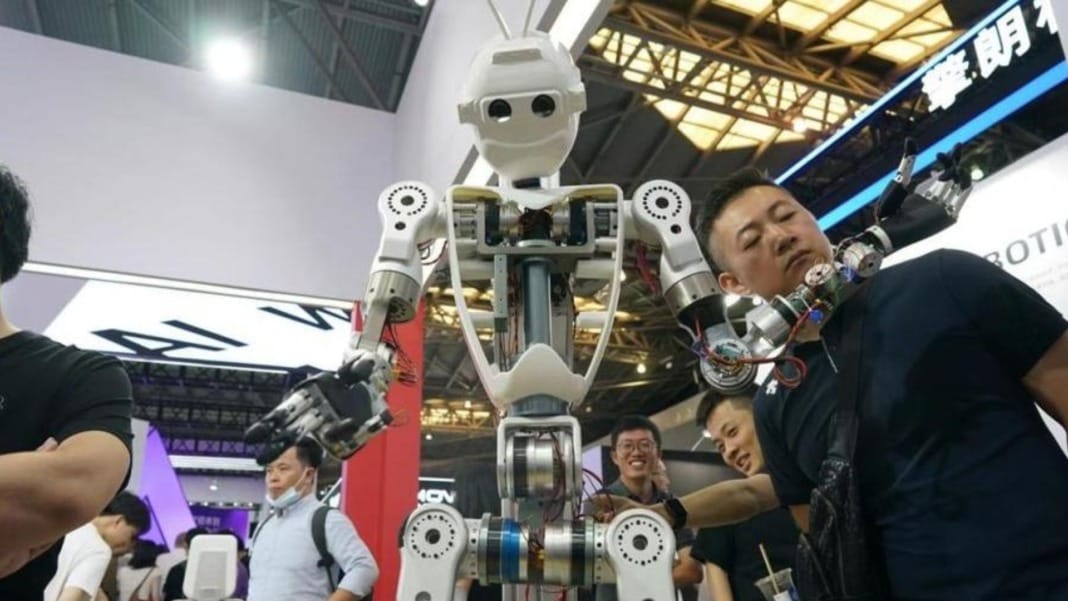Local governments across China are swiftly implementing policies to advance humanoid robotics technology. These efforts align with Beijing’s broader push to modernise its economy and focus on future industries, a priority set during the recent central economic work conference.
Cities lead the charge in robotics innovation
Cities like Hangzhou, Nanjing, and Chongqing, along with Sichuan province’s Tianfu New Area, have unveiled ambitious plans to accelerate the growth of the robotics sector. Hangzhou, a hub for technology in eastern China, has rolled out a robotics development blueprint stretching from 2024 to 2029. According to a statement from the Hangzhou city government, the plan prioritises creating humanoid robots with the “optimal body and strongest brain” by fostering innovation across the entire production chain, from research and design to manufacturing and applications.
Nanjing, the capital of Jiangsu province, has introduced a plan for 2024-2026 to develop a “high-quality robotics sector.” Meanwhile, Sichuan’s Tianfu New Area offers subsidies to support research in “core algorithms” and “large-scale industry models.” In Chongqing, local authorities have urged a tech innovation fund to lead venture capital investments in robotics projects.
China’s booming robotics market
Thanks to its enormous manufacturing industry, China’s robotics market is already the largest globally. By 2023, nearly 80,000 companies were active in China’s robotics sector, including over 4,000 hi-tech enterprises and more than 100 publicly listed firms. In the past three years, the installation of industrial robots surged by 75%, driven by factories seeking automation to enhance efficiency.
According to the International Federation of Robotics, Chinese clients installed 276,288 robots last year alone, accounting for 51% of the global total. The market is expected to expand further, reaching an estimated value of 105.26 billion yuan (US$14.47 billion) by 2030, as per projections from CCID Consulting Advanced Manufacturing Research Centre. The broader robotics industry could grow to 400 billion yuan (US$55 billion) within the same timeframe.
Robotics technology in China is also expected to integrate with advancements in artificial intelligence, biomimicry, new materials, and brain-machine interfaces. Such developments will likely enhance the performance of key components, further propelling innovation in the field.
Challenges and prospects
China has supported the robotics industry since 2015 as part of its broader industrial policy to modernise the economy. However, the push for automation presents challenges in a country grappling with economic uncertainties. While policymakers aim to strengthen robotics innovation, some experts suggest that factories may need to revert to hiring human labour to address unemployment and stabilise the economy.
Alicia Garcia-Herrero, chief economist for Asia-Pacific at Natixis, notes that robotics producers may eventually need to explore international markets. Countries like Germany could become key buyers, though geopolitical tensions might complicate China’s attempts to ease potential oversupply.
Despite these hurdles, Beijing remains steadfast in its ambition to lead the robotics industry, not just domestically but globally. The recent economic conference reaffirmed the government’s commitment to fostering scientific and technological innovation, clearly focusing on building a modernised industrial system.





